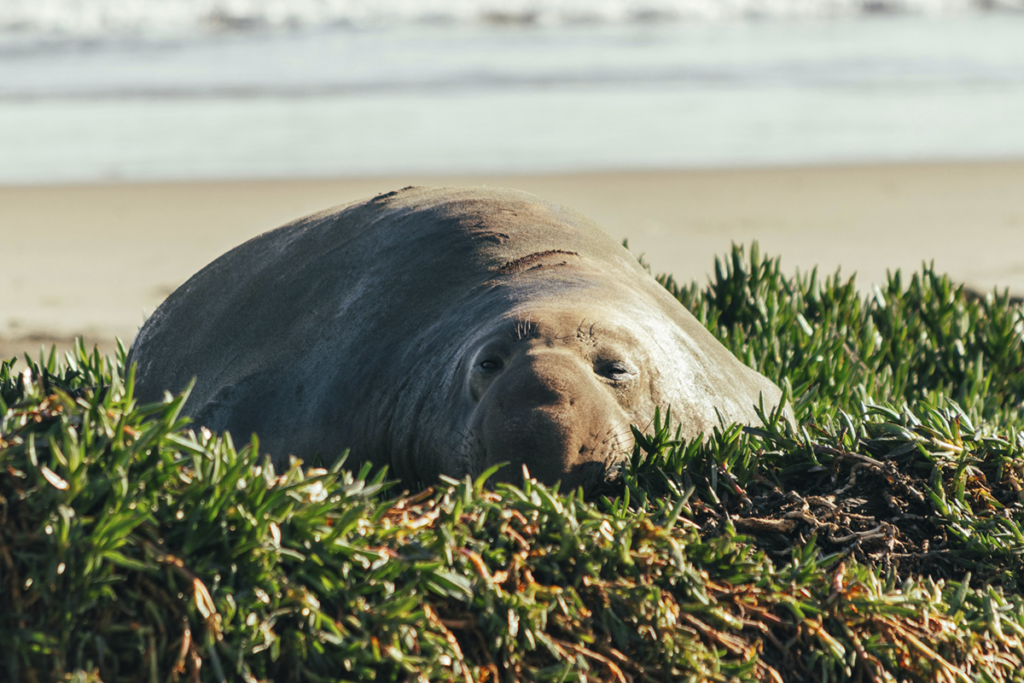EarthTalk®
From the Editors of E – The Environmental Magazine
Dear EarthTalk: How were elephant seals saved from extinction? — M. Diamandis, Trot, NY

Seals, often referred to as “dogs of the sea” for their notable cuteness, are one of the most prevalent marine mammals in the world, with more than 33 different species currently occupying our land and seas. However, that count was almost lower—until recently.
In the 1700s, nearly all marine mammals, including sea otters, whales, dolphins, seals and sea lions were casualties of the Pacific Northwest fur trade. This included elephant seals, aptly named for their males’ prominent facial appendage. Characterized by their small limb (fin) size, elephant seals spend about 80 percent of their lives underwater and can swim up to 60 miles a day, shielded from the cold by their vast blubber. However, this oil-rich blubber that could be processed into lamp and machine oil was also the reason they were hunted, so near the point of extinction that, by the 1890s, there were less than 100 left.
A small group that managed to survive human threat was discovered off the coast of Mexico in 1892 and was immediately given protected status by the Mexican government, after which they slowly began recovering. By the 1920s, elephant seals were observed off the coast of California, so the U.S placed them under protected status, and the population steadily increased to some 200,000, where it is today.
But their survival did not come without consequence. Researchers have discovered that their near extinction resulted in loss of genetic diversity—meaning that elephant seals’ genetic makeup has been permanently altered. Their research indicated that the species’ severe population decline reduced beneficial genes, increased the risk of inbreeding, and potentially threatened their survival.
“The highly reduced genetic diversity, including the loss of beneficial gene copies, may impair the ability of northern elephant seals to cope with future environmental changes, including those caused by …climate change, changes to the species’ habitat, or even natural threats such as disease outbreaks,” states Professor Kanchon Dasmahapatra of the University of York and senior author of the genetic research.
While elephant seals’ population may be standing strong at over 225,000 today, no aquatic species can escape modern threats like entanglement in fishing gear and collisions with boats, nor human activities like pollution, habitat degradation, and climate change. The remarkable comeback story of elephant seals is a lesson in conservation and ecosystem management from which we can all learn.
CONTACTS: Return of the elephant seals, sciencedaily.com/releases/2024/09/240927173545.htm; Elephant seals have genetic scars from intense hunting – Earth.com, https://www.earth.com/news/elephant-seals-have-genetic-scars-from-intense-hunting/.
EarthTalk® is produced by Roddy Scheer & Doug Moss for the 501(c)3 nonprofit EarthTalk. See more at https://emagazine.com. To donate, visit https://earthtalk.org. Send questions to: question@earthtalk.org.
Viewers are encouraged to subscribe and join the conversation for more insightful commentary and to support progressive messages. Together, we can populate the internet with progressive messages that represent the true aspirations of most Americans.